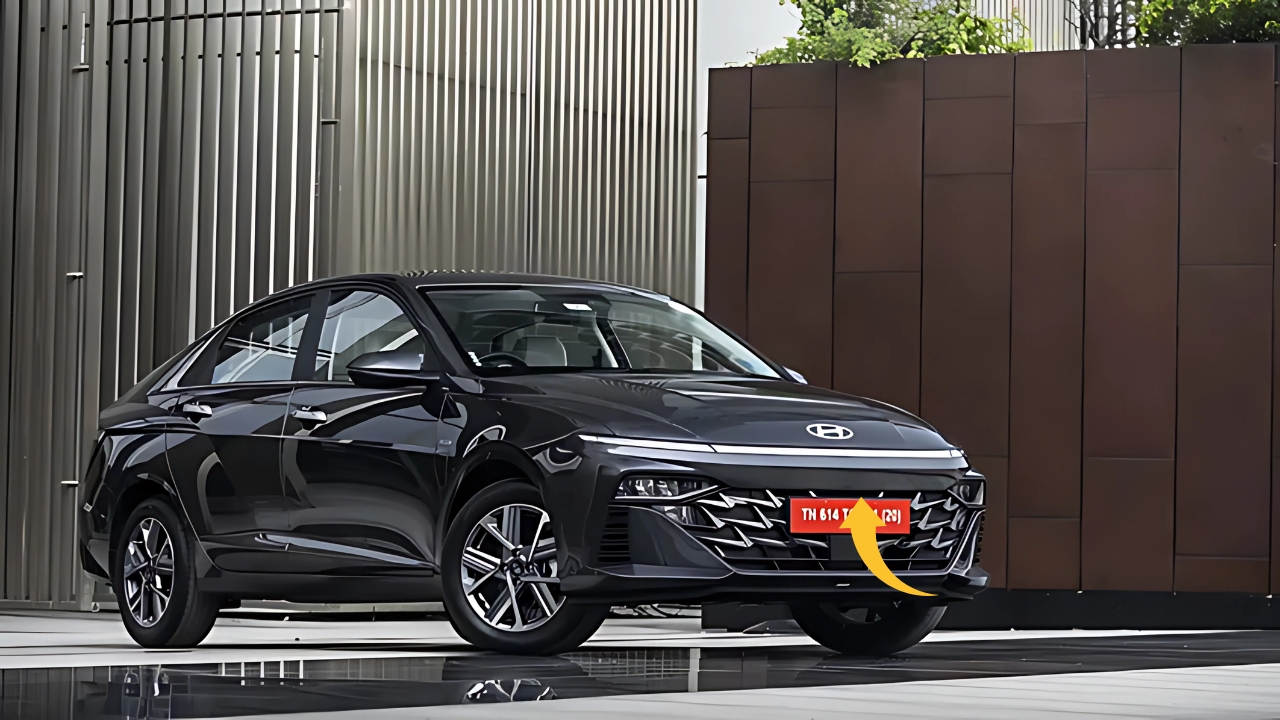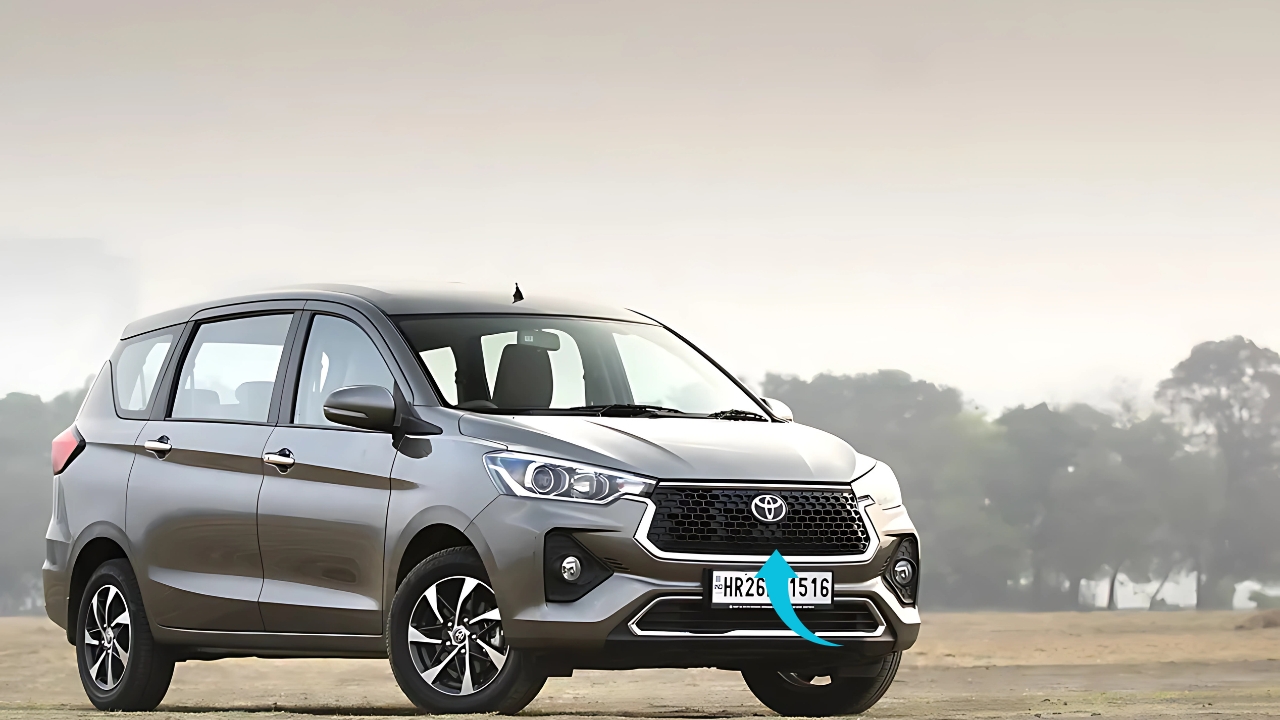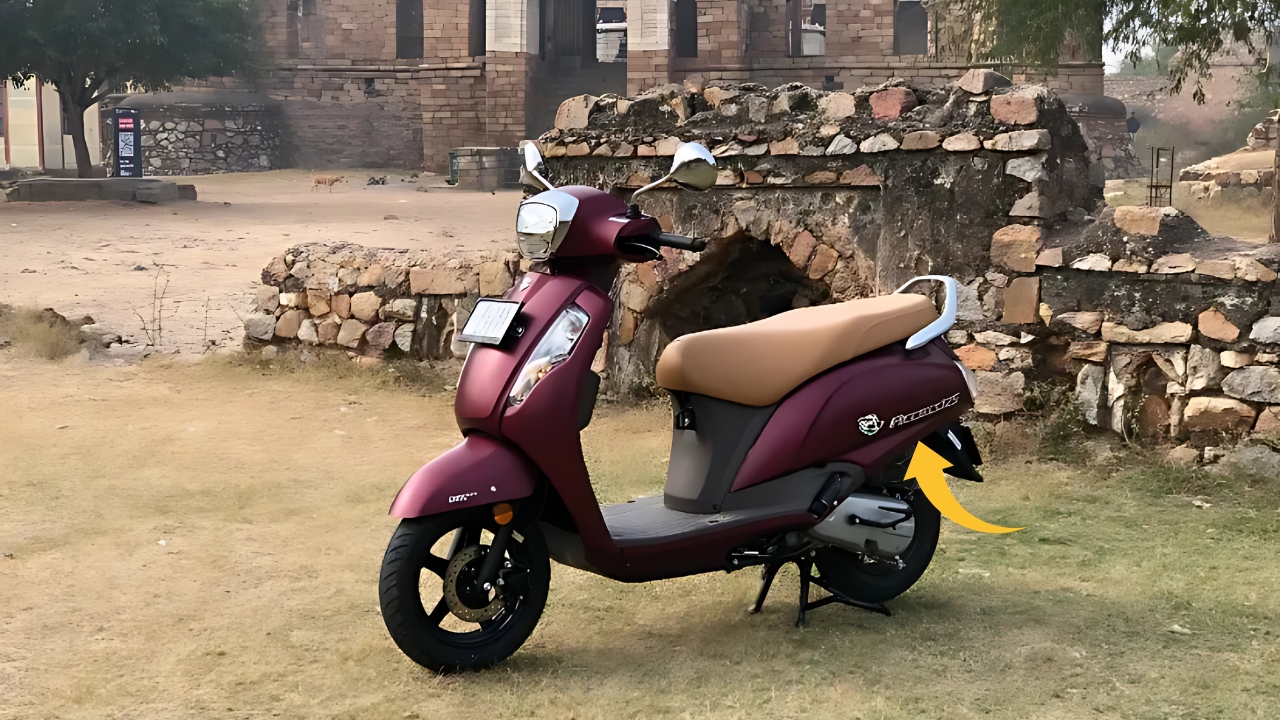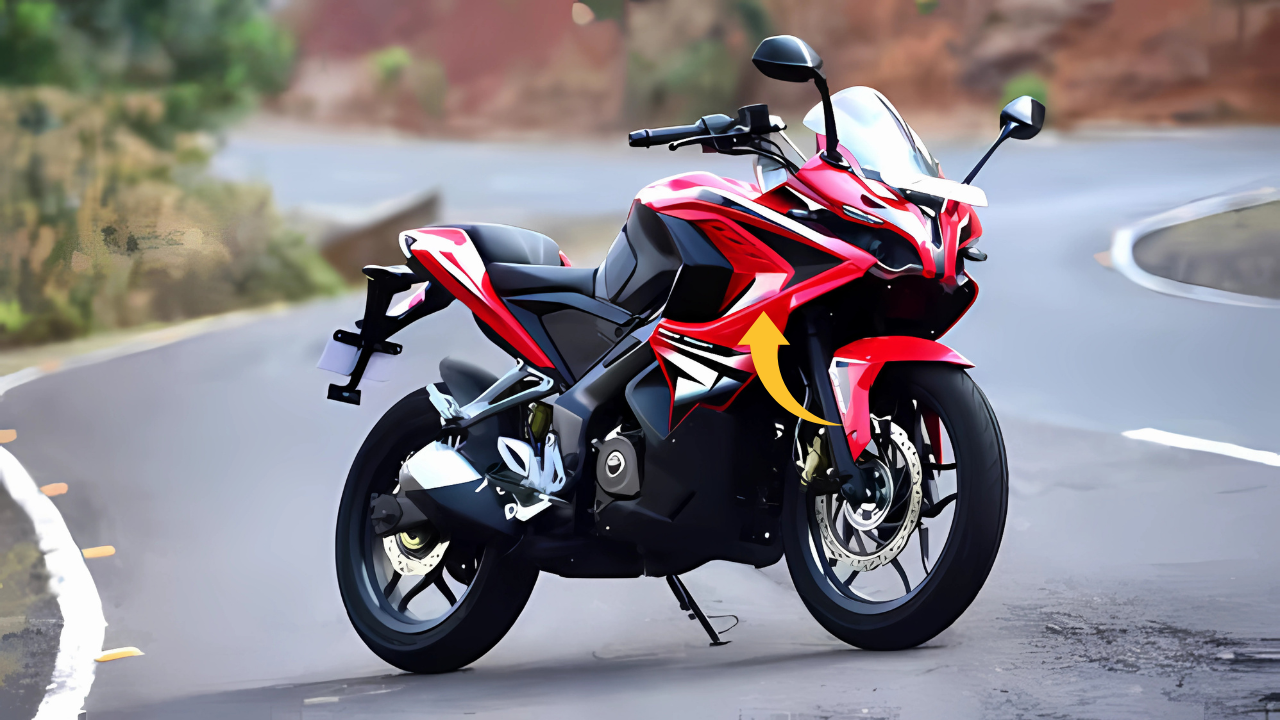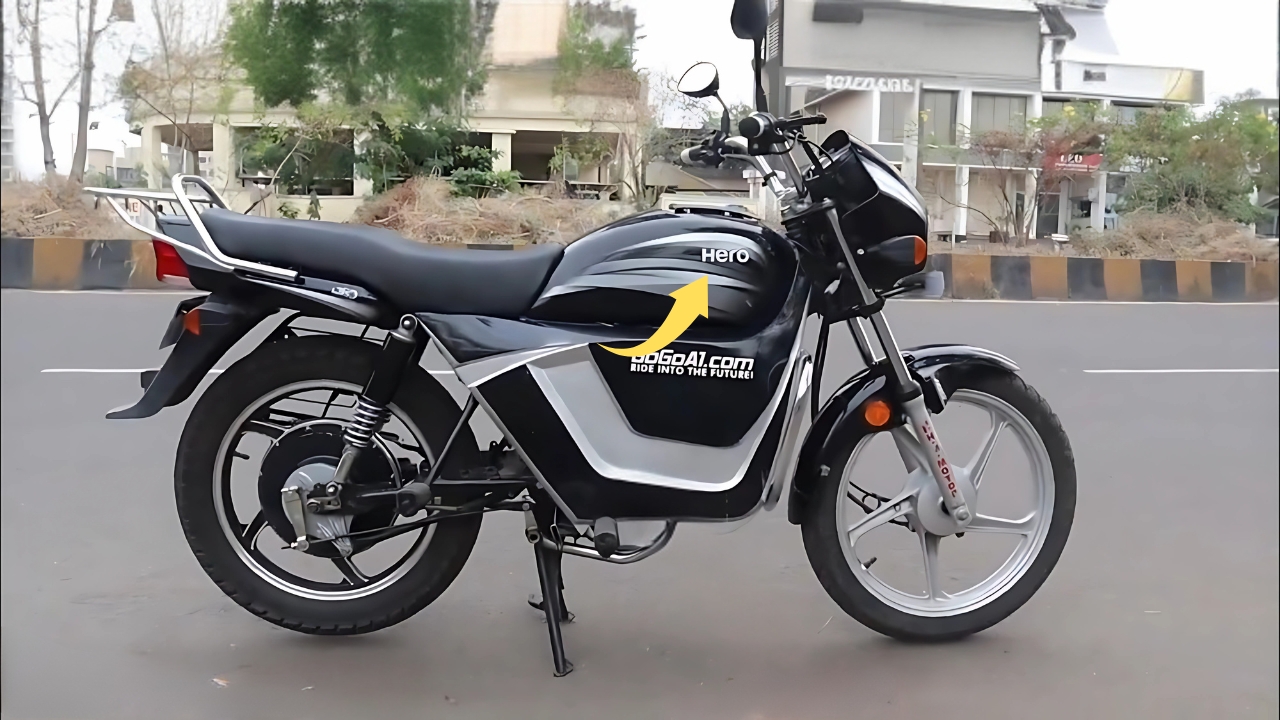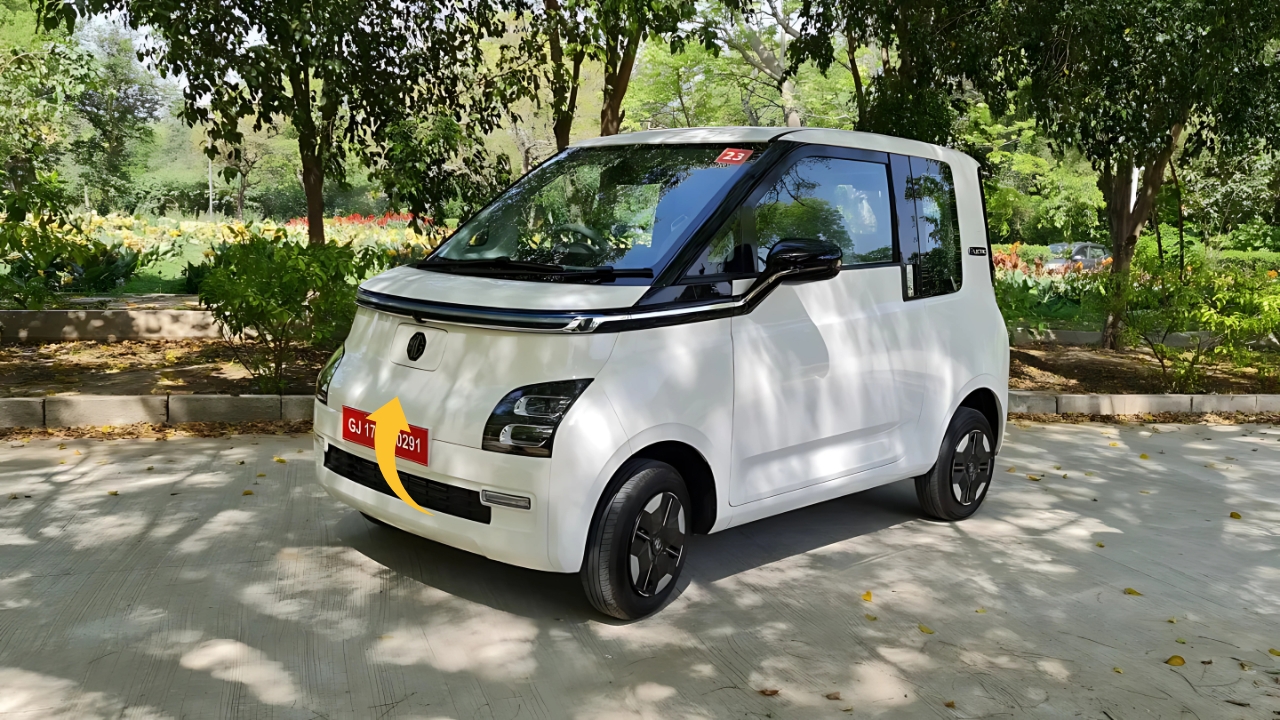Hyundai Verna: The all-new Hyundai Verna sedan has upped the ante in one of India’s most competitive market segments.
This drastic facelift has shaken up the market with its aggressive looks, cutting-edge technology and the talk of the town’s fuel economy of 19 kilometers per liter.
It’s not simply refreshed it, but it’s shaken up the sedan space in ways we couldn’t have fathomed, especially at a time when everyone has been writing off traditional three-box vehicles and singing the crossover and SUV song.
Table of Contents
Hyundai Verna Attention Grabbing Statement in Design Design is Child’s Play
The updated Verna is Hyundai’s most aggressive design language in a sedan yet, boldly adopting the company’s “Sensuous Sportiness” design ethos this time around.
As against regular mid-life updates, with minor tweaks, the new Verna shows a completely new front, thanks to a fresh avatar of the company’s signature cascading grille merging into elongated tail lights and DRLs (Daytime Running Lights) on the new Verna integrated with its LED projector headlamps for a stronger light signature.
“This is design bravery barely present in the segment,” says automotive designer Vikram Mehta. “Most facelifts are nothing more than a mild touch-up with some nip and tuck at the front bumper and rear lighting, but Hyundai have basically delivered a complete visual checkup that leaves its predecessor looking well overdue for retirement.
The profile preserves the coupe-like roofline of the previous model, but adds more prominent character lines and new alloy wheels that go up to 16 inches in diameter.
The rear also gets a thorough revision, including a connected LED taillights complete with a signature light bar that adds to vehicle width and premium visual expressions which were not available until now in this segment.
Efficiency barrier changing shopping preferences
Hyundai Verna Appearing different apart, the Verna facelift’s disruptive 19 kmpl fuel figure on the front pages is already proving to be quite the market shaker in times when increasing fuel rates have a direct or indirect impact on purchases.
Not only is this figure fantastic compared to the outgoing model, it also makes the Verna the most fuel-efficient non-hybrid sedan in its segment.
Achieving this level of efficiency is a result of the extensive re-engineering of Hyundai’s efficient 1.5-liter naturally aspirated petrol engine with dual variable valve timing and pair of low-friction shafts, an integrated exhaust manifold and a continuously variable oil pump.
Coupled with lower internal friction, better heat dissipation, and slicker transmission gearing, these benefits end up translating into the claimed efficiency without severely (115 PS and 144 Nm) altering what the average buyer desires from his scooter.
The 1.5-liter turbocharged petrol engine also remains unchanged at 160 PS, providing under all hoods decent mid-170 Nm of torque and has been tweaked to return an efficient 18 kmpl, itself making it the car for those focused for little more performance.
Both get transmission updates, too — the naturally aspirated engine gets a choice of 6-speed manual or Hyundai’s updated intelligent variable transmission (iVT), while the turbo also has the option of a 6-speed manual or a 7-speed dual-clutch automatic.
Technology Integration Changing Expectations of the Segment
Things like digital cluster & touchscreen sitting in one visual panel, which are common in higher segments, are introduced in the Verna facelift.
Looking much like those expensive European brands, this layout gives a very expensive vibe and brings unsurpassed ease of information with the flexibleness it offers.
BlueLink connected car system now includes more than 60 features, such as Remote Engine Start with Climate Control, the ability to search points of interest and send search results directly to the car, remote door lock/unlock, car finder, enhanced roadside assistance, and stolen vehicle recovery.
The natural language voice recognition of the system can understand Indian accents and can respond to such conversational questions / commands to control various car functions from climate settings to sunroof, etc.
For the first time, advanced driver assistance systems (ADAS) are present in the Verna series, and top trims get features like lane keeping assist, blind spot monitoring, forward collision warning and adaptive cruise control that were completely missing at this price point and are still missing from several competitors.
Dynamic Effects on Markets and Competition
The New Verna has achieved an overwhelming response and excitement in the Indian sedan market, with bookings far exceeding Hyundai’s expectations.
According to dealers we’ve talked to, interest is focused on two groups of customers – owners of premium hatchbacks looking to move up-market, and compact SUV buyers that want driving dynamics and efficiency in a sea of compact crossovers.
“We are seeing conquest sales from customer groups that we had not initially tapped,” says Rajesh Kumar, a senior Hyundai dealer from Maharashtra.
What’s striking is the fact that even many compact SUV owners are downsizing; they’re naming the fact that the Verna has as much tech and drives a whole lot better than their cars.
This market shaking shot has lead to quick reactions from the rivals with some of the manufacturers said to be reshuffling their update cycles and even repackaging their existing feature set against the Verna’s new found competitive edge.
Analysts expect short-term pricing changes and broader warranty packages from rival makes as they try to sap Hyundai’s momentum and develop further-reaching answers.
Shifting Consumer Perceptions
Over & above its direct influence on sales, it seems the Verna facelift has been sending out signals on consumer mind-set in relation to long-term sustainability claimed by a sedan in a market now virtually overrun by strong selling SUVs.
The car’s dramatic design and avant-garde technology that dares to question the old-looking sedans are proof that not only they’re alive and kicking, but also that they offer better fuel economy and driving dynamics value over similarly priced CUVs.
“What Hyundai has done is turned the sedan on its head and positioned it as not just a compromise, but as a decision with its own unique advantages,” said consumer behavior expert Priya Singh.
“The aggressive design removes any hint the car could be described as ‘boring,’ and the efficiency benefits add a reasonable reason some will use to push on potential buyers pushing them towards crossovers despite how much they may appreciate sedan packaging.
Hyundai Verna Future Lesson for the Segment
Hyundai Verna Industry watchers say the Verna’s play might indicate a strategy to revive the wider sedan market which has been facing persistent market share erosion amidst the SUV boom.
Rather than trying to shoehorn some crossover styling notes into its mid-size sedan, Hyundai has found a way to make the Sonata a compelling alternative that amplifies its sedan-ness, rather than apologizing for it.
With the price of fuel still dictating purchase decisions in nearly all segments, the Verna’s economy-focused approach to engineering is certainly timely.
Should market reaction hold beyond initial excitement, competing manufacturers will probably make a point of such optimization in their own sedan lines, along with second thoughts on the conservative design of new sedans which have become somewhat prescriptive recently.
The Verna’s risk-taking could, in hindsight, come to be seen as a game-changing move which began a sedan revival of sorts in the Indian market, reminding us that if the changes are sexy enough to earn you the sin label, even the most traditional format of car can tempt back the buyers who have been lapping up SUVs.
